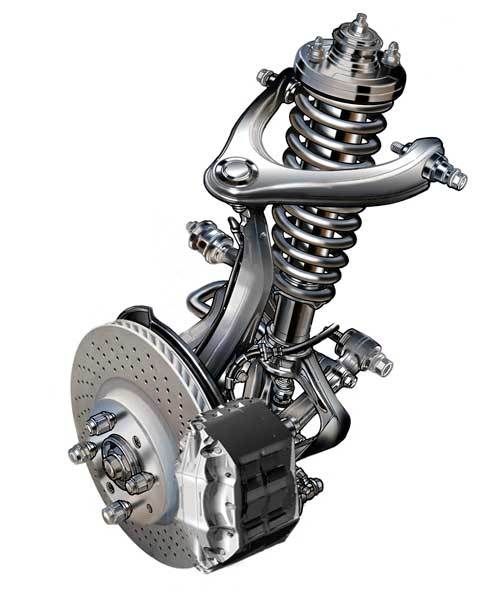Hi, all!
For some time I was making city sandbox and got some progress.
Doing a car (AI and controlled by player) I was using Urho example
from vehicle demo and now I find that it doesn’t fit what I make due to following reasons:
-
It is very difficult to control, car is getting stuck quickly and in general it is very hard
to make it work in complicated environment. One ends-up hacking-up all behavior,
so while using physics is great, working-around physics is not, and it seems that Bullet
physics is not advance enough to make reliable vehicles. Not mentioning wheels stuck in terrain
-
LODding the vehicle behaviors (i.e. path motion/physics motion with collision) and spawning does have
too much side effects.
So after fighting things for several months I think it is better to move on and go for raycast vehicle.
I’ve been reading Internet for quite some time on subject but it looks like I don’t have some basic knowledge
pros know, so I still can’t understand the concept.
So what I really ask for is to put me into right direction - are there any good theory links to read about
these? I want GTA3 level of car physics. I know it is hard work, I don’t have problem with it I just need to know
where to begin.










 you get teleport…
you get teleport… 